How to Soundproof a Room: 10 Tips & Tricks
-
Melissa Gunter
- Last updated:
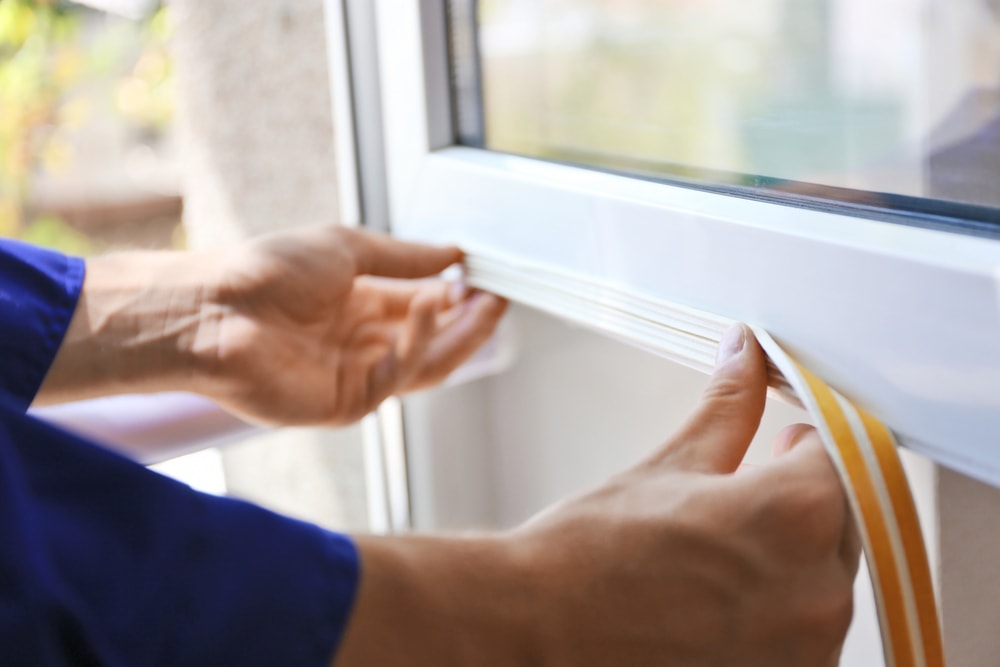
When it’s late at night and you’re cuddled in bed, the last thing you want is the sound of traffic or the people next door interrupting your rest. The same can be said about the people inside your own home. This is why so many people turn to soundproofing their rooms. This same method can be used for artists who need a bit of peace while they work on their passions or musicians who hope to spare others in the house from the noise as they practice. Here’s a look at 10 tips and tricks for soundproofing a room you can do yourself or with a little assistance. Before long, you’ll be enjoying the quiet of your work and wishing you’d implemented these tips sooner.
The 10 Tips to Soundproof a Room
1. Use Curtains
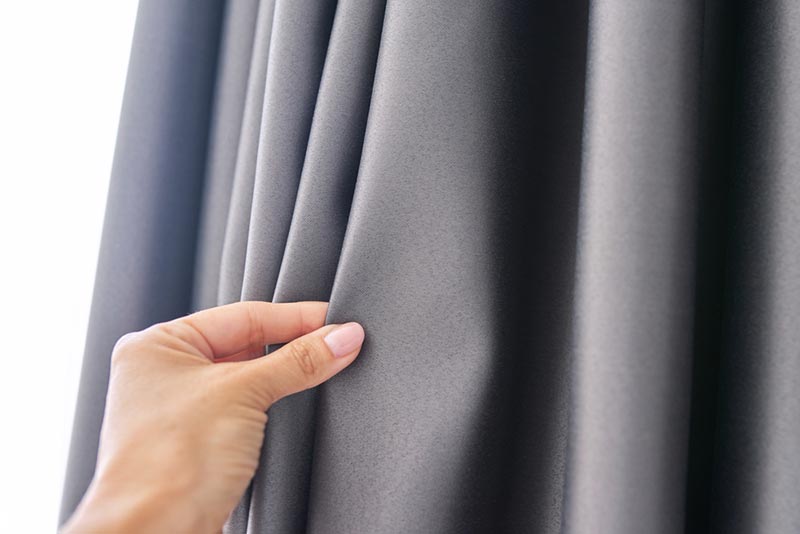
Using curtains is a great way to start if you’re wanting to soundproof your space. Soundproof curtains or blackout curtains keep light, heat, cold, and sound at a distance. Installing these types of drapes is a smart first step when you want a room in your home to be more peaceful.
2. Seal the Door
If you feel a room is a bit too loud, check out the door. It could have gaps around it that allow noise to enter the room. For soundproofing, those gaps need to be sealed. If the door is older, thinner, and in need of a change, purchase a new door first, then use a draft stopper at the bottom or seals to keep the noise at bay.
3. Soundproof Paneling
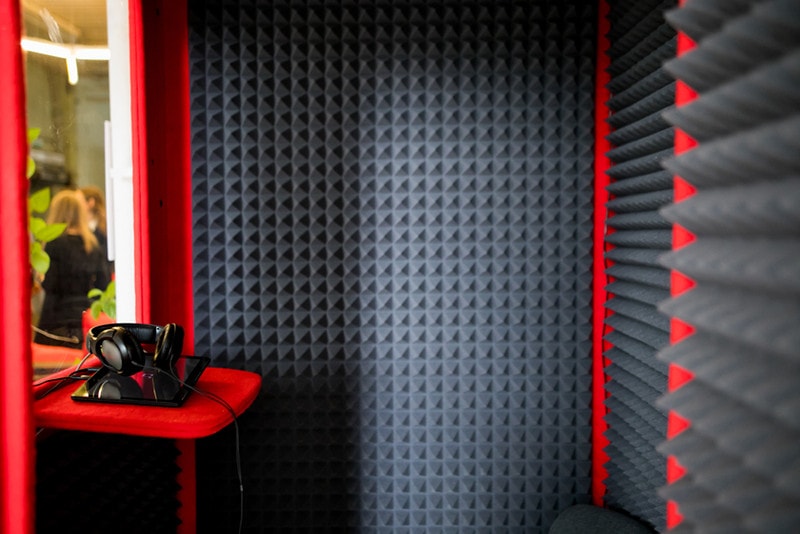
Yes, there is such a thing as soundproof paneling. Available in different textures and designs, adding this paneling to one or all the walls in a room you’re wanting to soundproof can keep unwanted noise at bay and offer a nice design to your room. Not only will it be more appealing but the noise level will drastically reduce.
4. Install a Ceiling Cloud
Foam can be added to your ceiling to help with soundproofing. This is called a foam ceiling cloud. This can be a bit more expensive than other methods and works best with higher ceilings. If you have the budget and want a peaceful room, this could be a method that will work great for you.
5. New Windows

If all the noises from the outside world seem to affect your windows, new acoustic windows could be the answer. These windows are designed to be thicker and withstand the noises of your nightly garbage truck or other things that are disruptive to the peace of your room. Also on the more expensive side, these windows are ideal for those with a larger soundproofing budget.
6. Add Carpeting
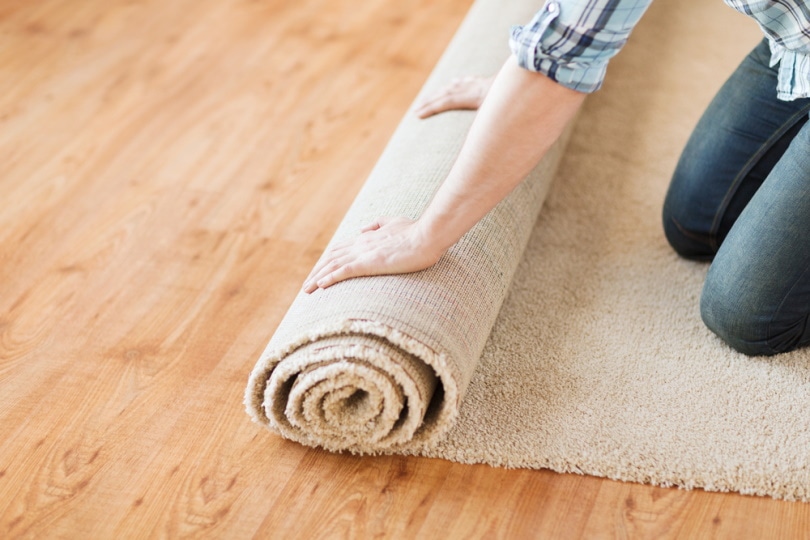
If your room has thin carpeting or bare floors, thicker carpet, rugs, and mats are ideal sound absorbers. With this method, you also get the fun of choosing colors and patterns you feel are perfect for the room’s aesthetic. Gone will be the days of listening to every foot and paw step when you’re hoping for a bit of quiet.
7. Seal It Up

If you’re confident in your windows as a whole, take a look to see if perhaps the caulking needs a touch-up. You can also check for other holes or cracks throughout the room. Sealing everything up can help alleviate noise that is intruding on your space and provide you with a comfortable place to relax once again.
8. Move Your Furniture
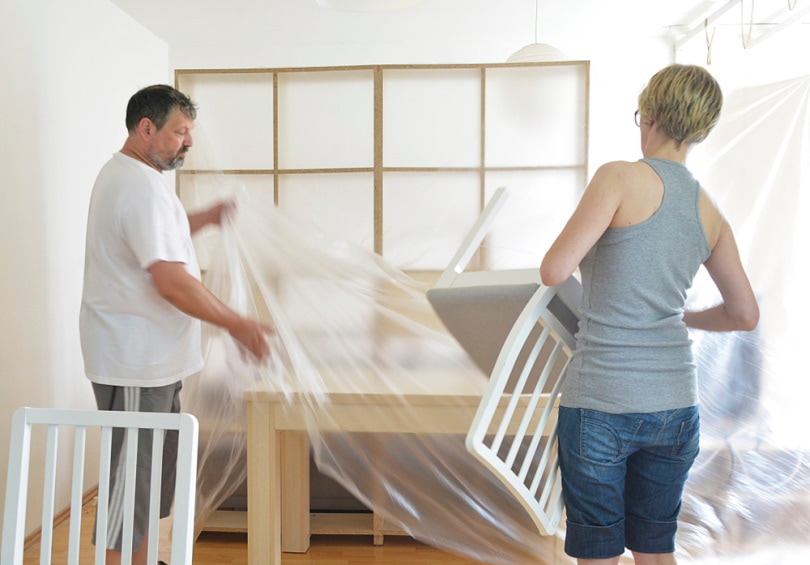
You may not believe it but something as simple as rearranging your room can help catch sound before it invades your space. Place an item like a large dresser on outside-facing walls. This is especially helpful if you have a hallway or active area of the house just outside your door. Using your furniture to absorb the noise is an inexpensive way of soundproofing on a low budget.
9. Soundproof Wallpaper
Wallpaper is becoming popular again. But now, wallpaper can even be soundproof. Made from thick foam, this type of wallpaper can be added to absorb the sounds penetrating your space. The fun part, however, is the multiple colors and styles you can choose to not only keep things quiet but to show off your flair for design.
10. Use Background Noise

For those in apartments or who rent their space, making big changes to soundproofing may not be an option. If you need to cancel out those noisy neighbors or the nightly traffic on your street, consider using soothing background noise. This is a great way of getting the rest and relaxation you need when a big DIY project isn’t in the cards.
In Conclusion
As you can see, soundproofing a room doesn’t need to cost a fortune. Many of the tips and tricks listed above can start with a trip to your local home improvement store or with a browse online. Some of these ideas can work well with any budget limitations you may have. Decide which methods would work best for your situation and then enjoy the tranquility of a soundproof room when your project is finished.
Related Read:
Featured Image Credit: Africa Studio, Shutterstock
Contents

